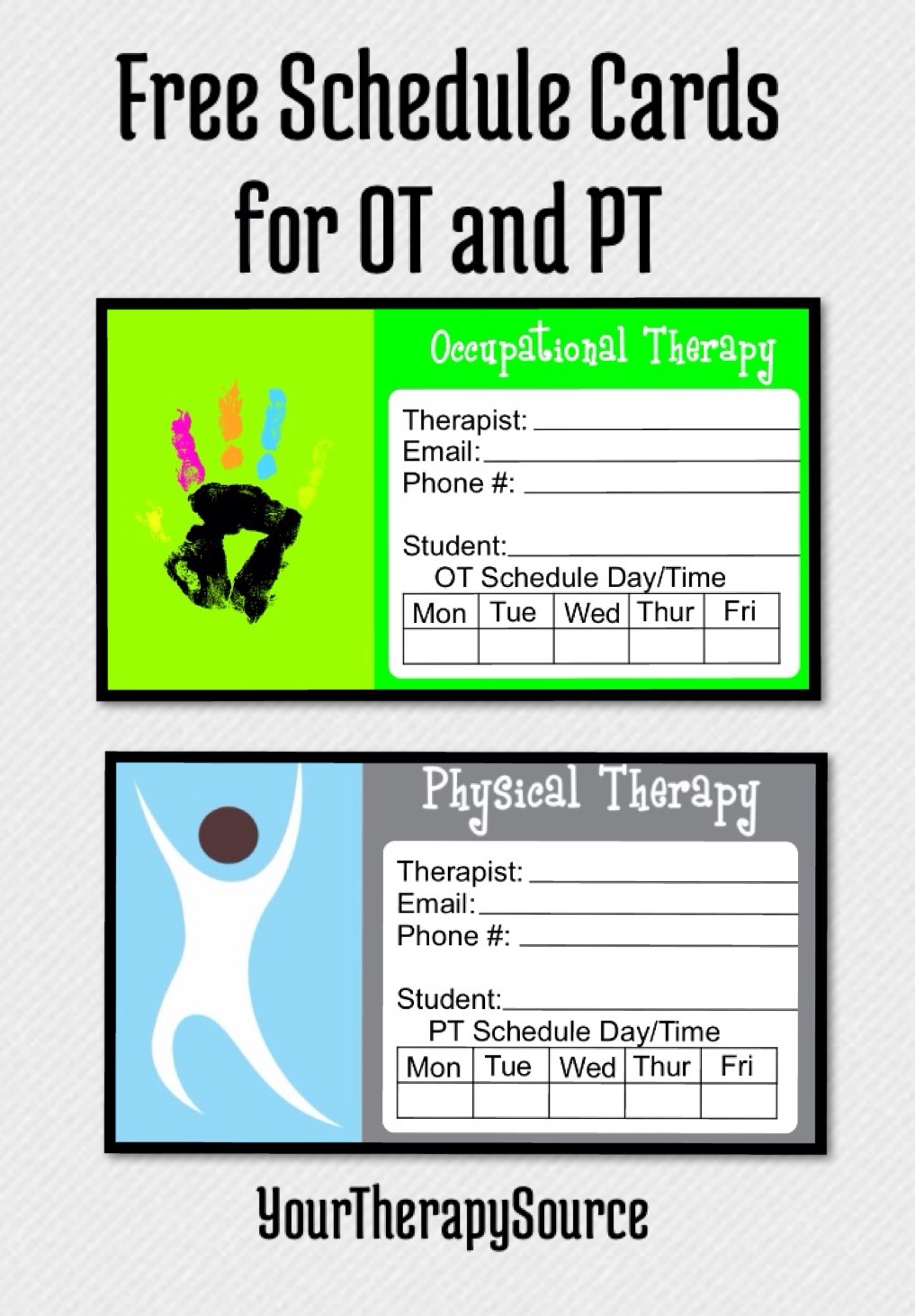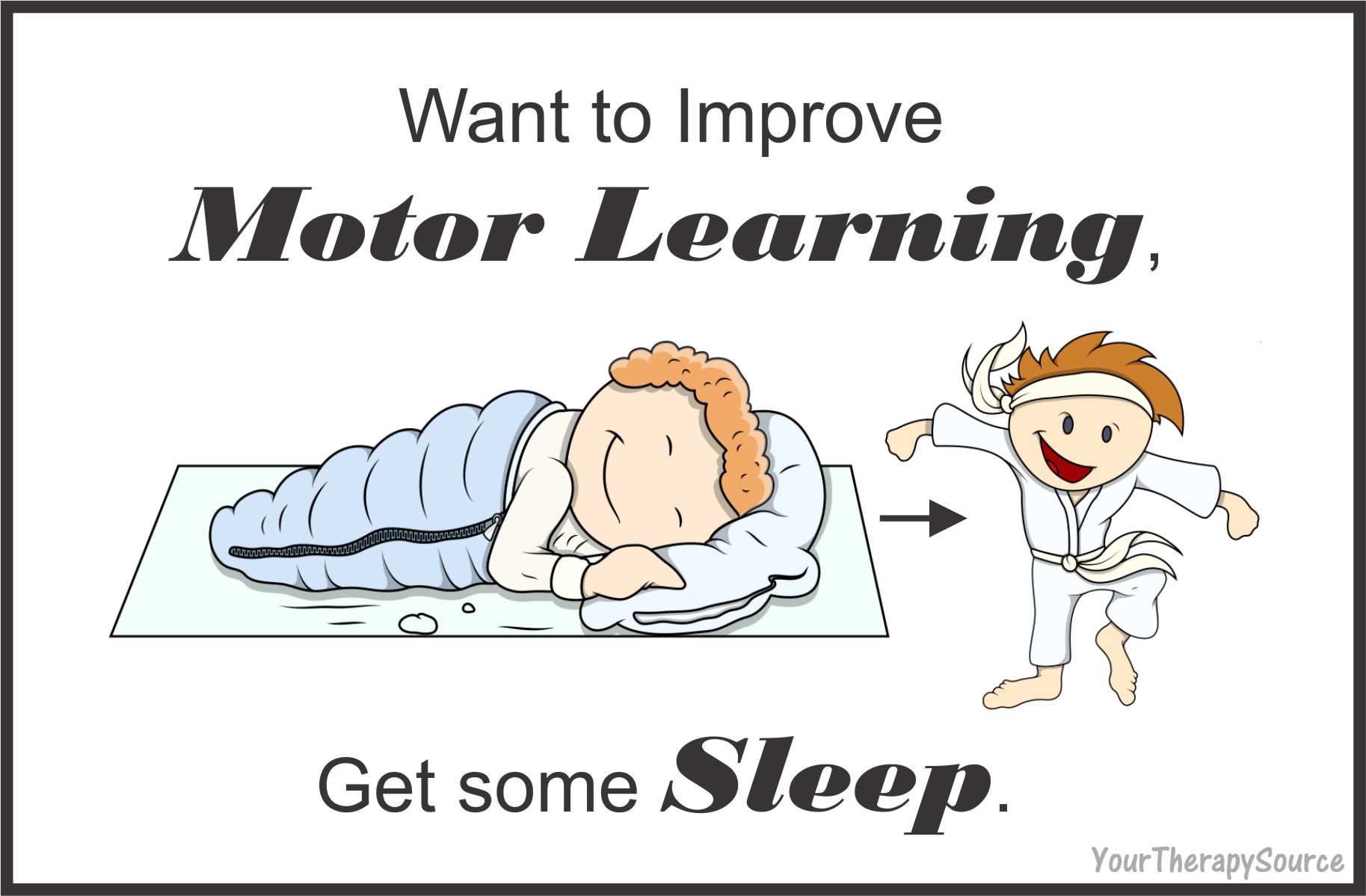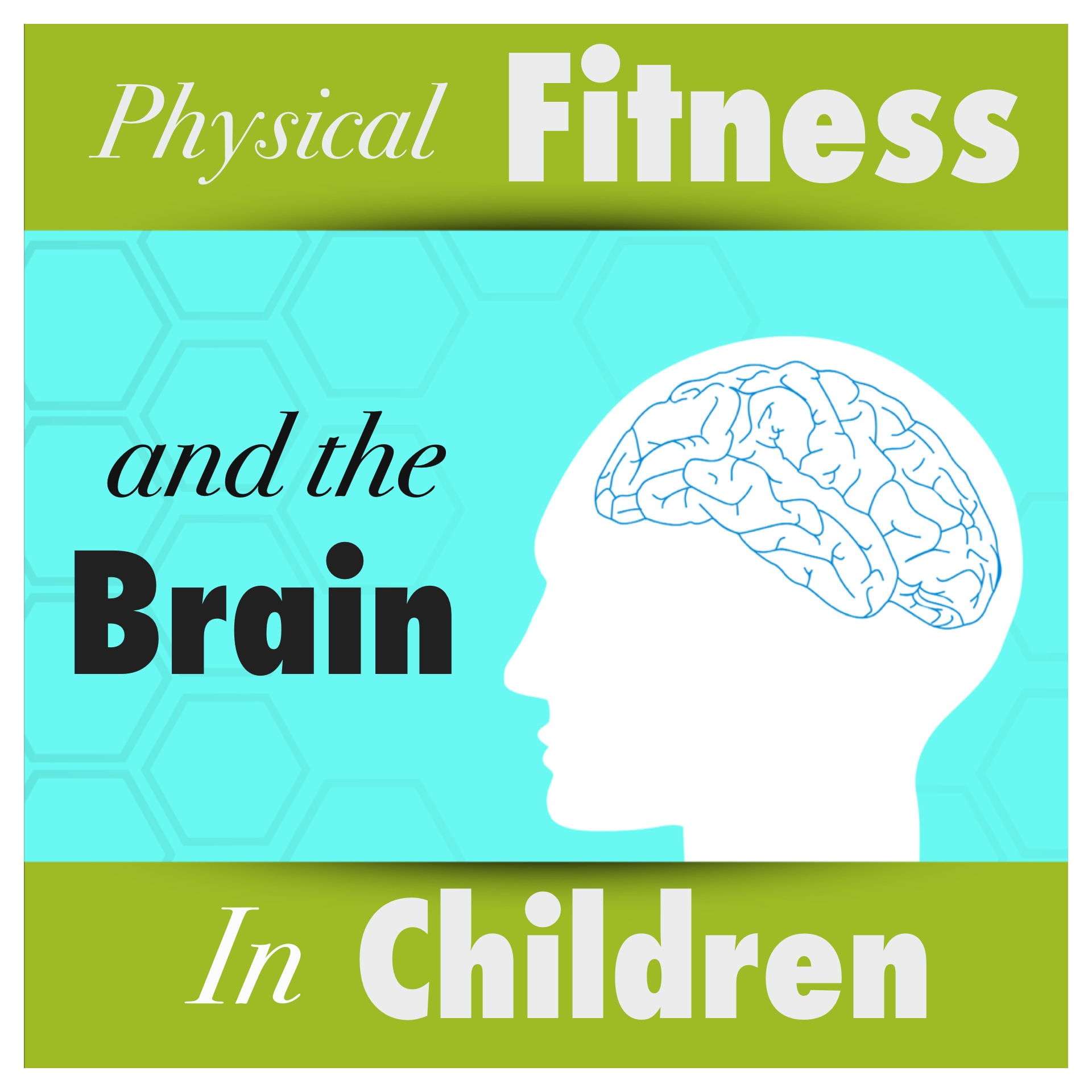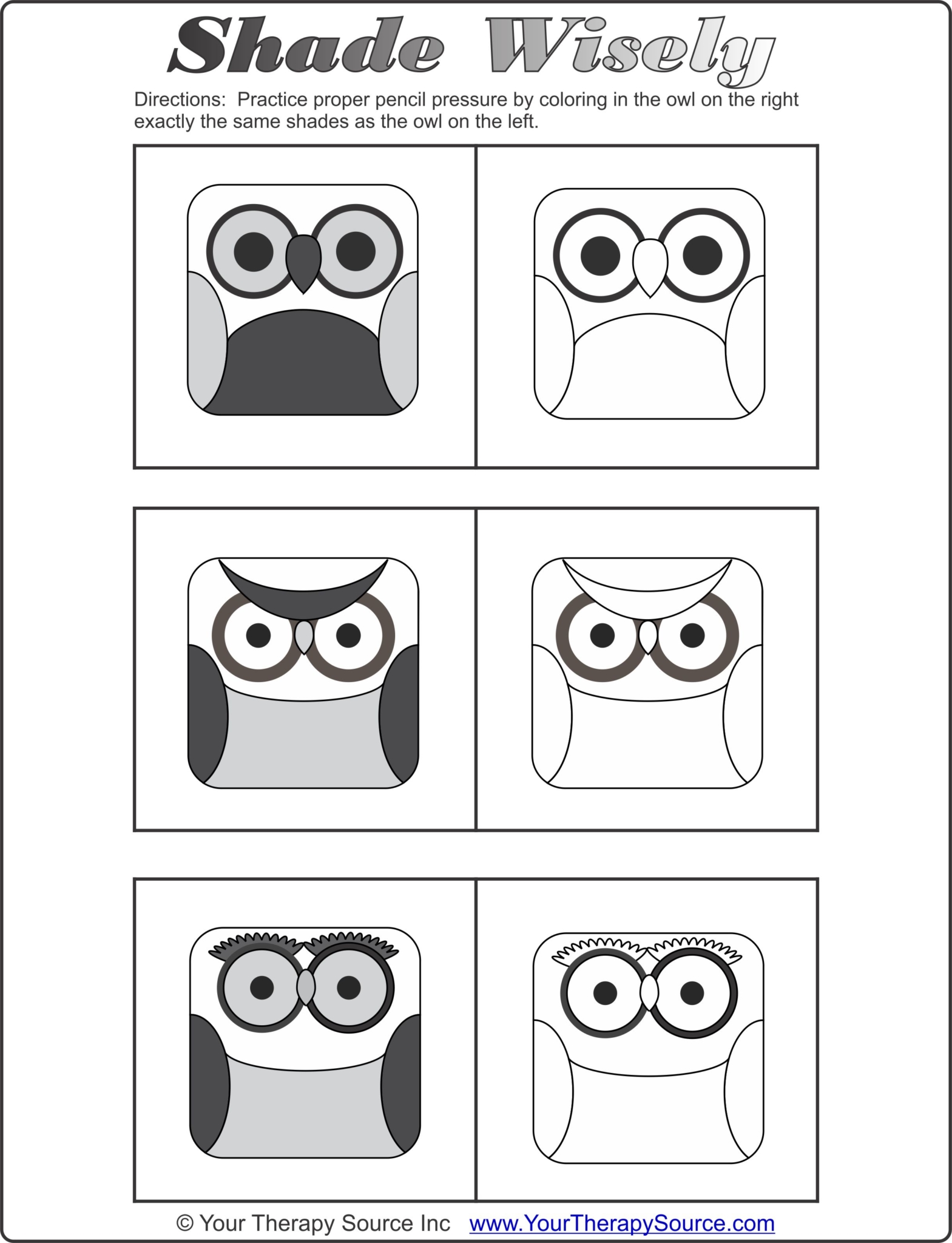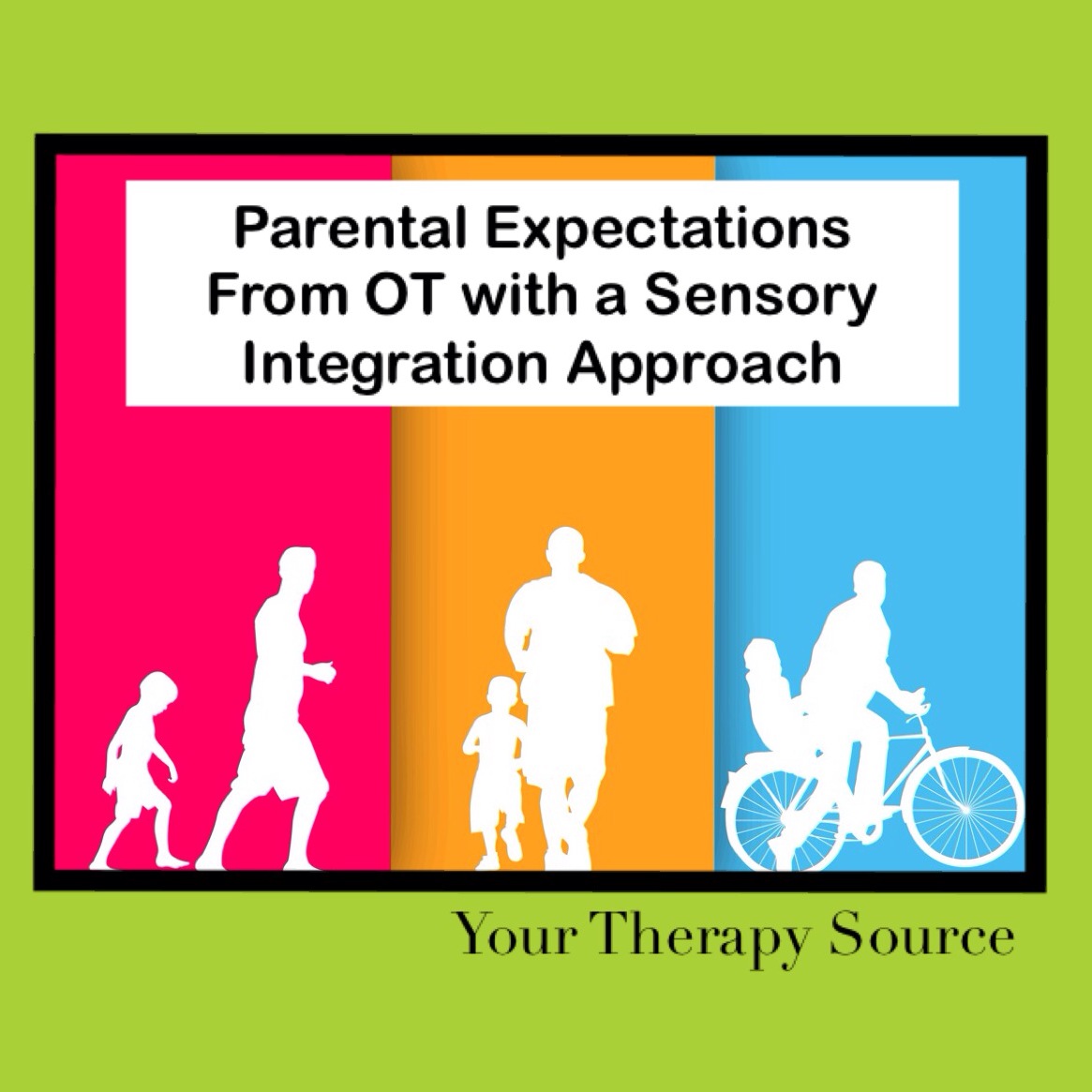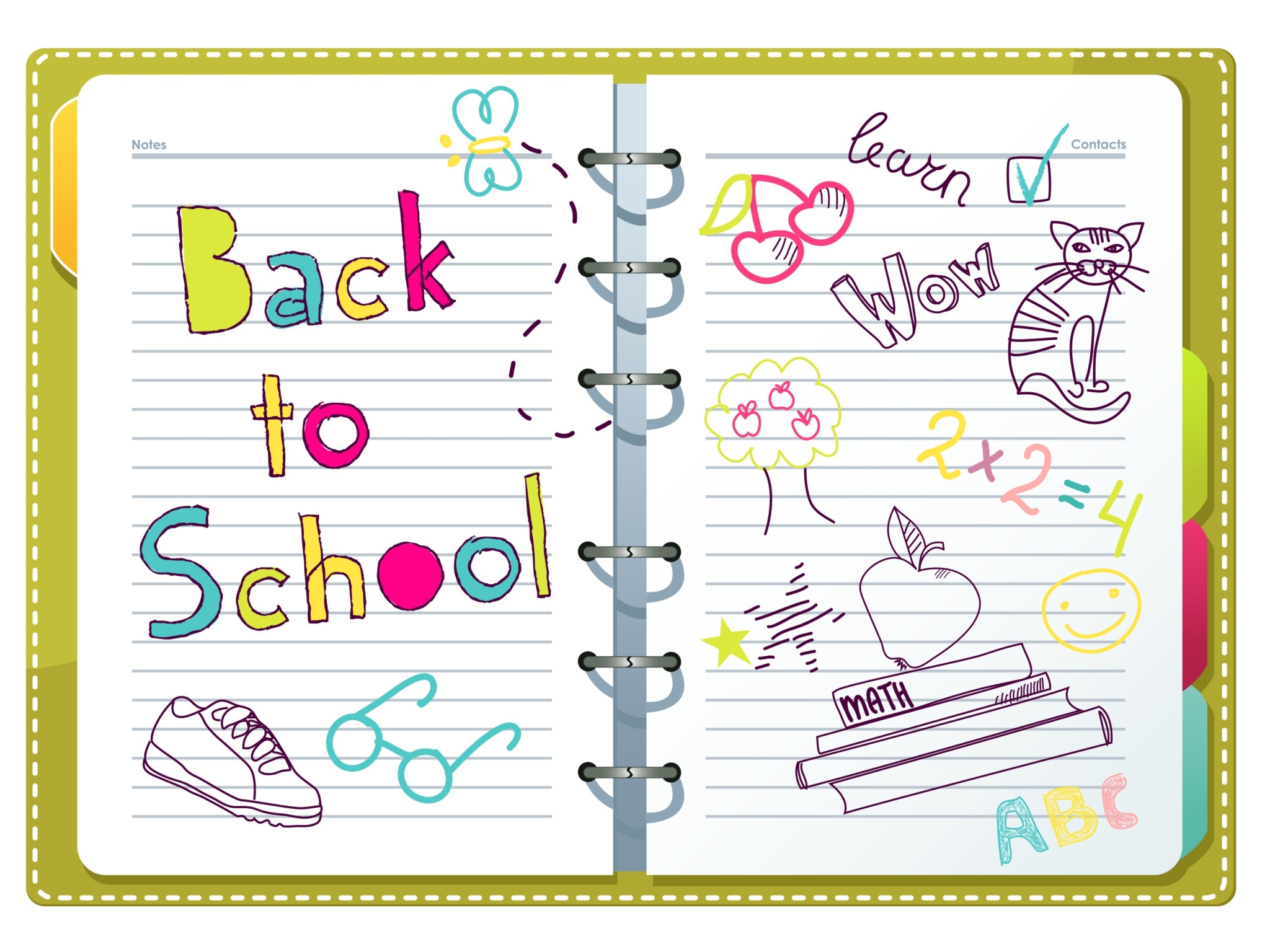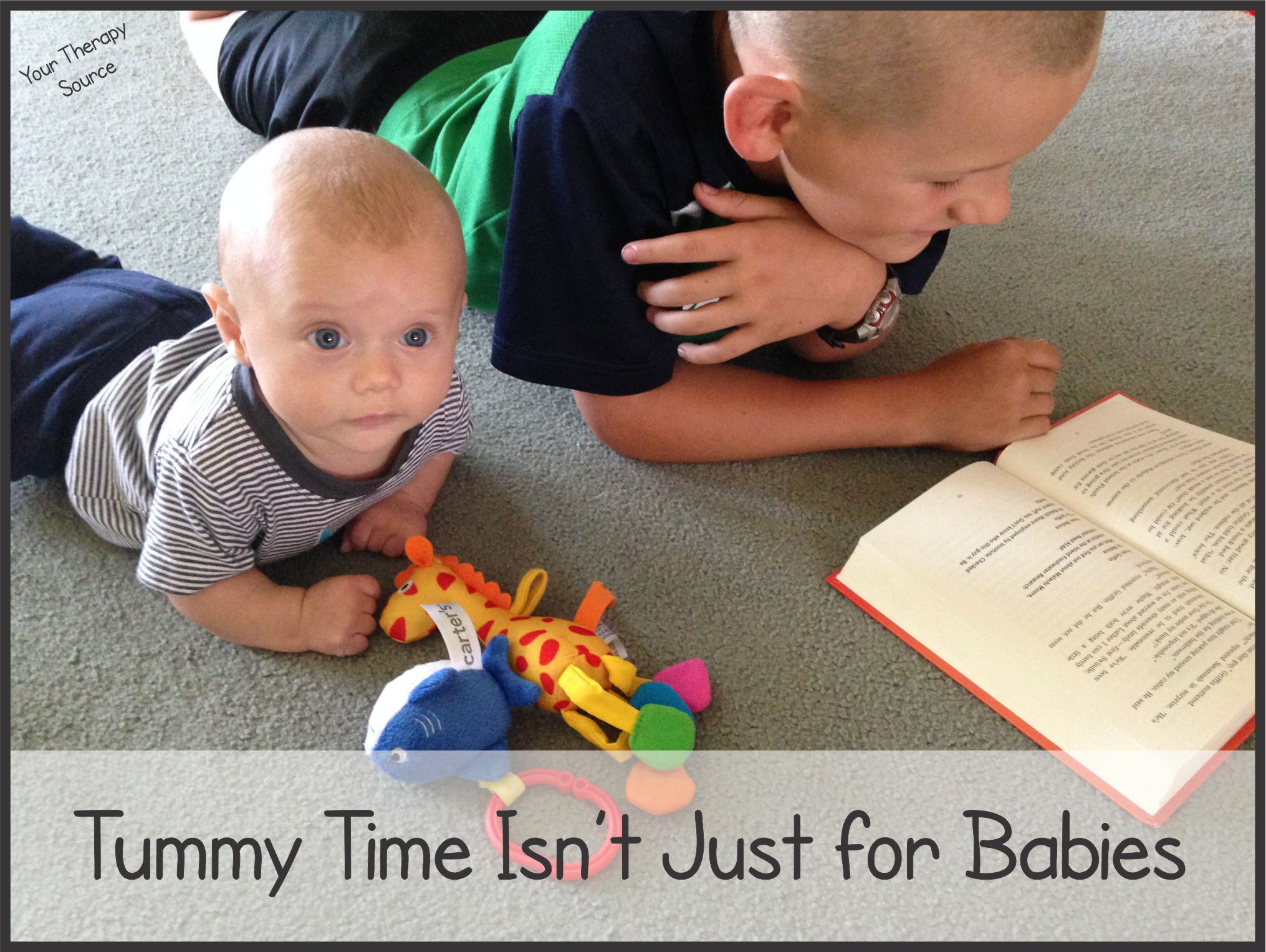New School Year, New Students – Starts with Observation of Play Skills
Play for young children is crucial to healthy development. Pediatric therapists who work in early childhood education know the importance of play and how to use it to reach IEP goals that are set for specific children. When a child is evaluated for therapy services, the therapist observes the child in the classroom setting. Therapists […]


